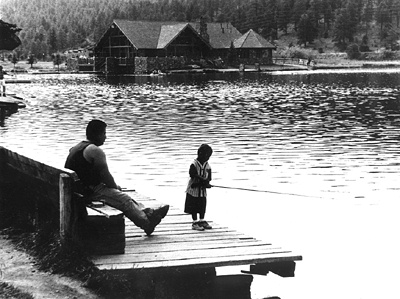All Nonfiction
- Bullying
- Books
- Academic
- Author Interviews
- Celebrity interviews
- College Articles
- College Essays
- Educator of the Year
- Heroes
- Interviews
- Memoir
- Personal Experience
- Sports
- Travel & Culture
All Opinions
- Bullying
- Current Events / Politics
- Discrimination
- Drugs / Alcohol / Smoking
- Entertainment / Celebrities
- Environment
- Love / Relationships
- Movies / Music / TV
- Pop Culture / Trends
- School / College
- Social Issues / Civics
- Spirituality / Religion
- Sports / Hobbies
All Hot Topics
- Bullying
- Community Service
- Environment
- Health
- Letters to the Editor
- Pride & Prejudice
- What Matters
- Back
Summer Guide
- Program Links
- Program Reviews
- Back
College Guide
- College Links
- College Reviews
- College Essays
- College Articles
- Back
Late Deadly Christmas Present From Mother Nature
December 26, 2004, a beautiful sunny day, all seems normal, calm. The tourists and fishermen flock to the coast to enjoy the new day. People are swimming, children are playing, and fishermen are out in their boats like every other day. All of these innocent people who are ignorant of the unfolding disaster just on the horizon. Some of the people in the water may notice stronger currents but few of them think much of it. The ocean gives its last warning as it pulls back; almost no one sees it as such. Sealing their fate masses of people go to inspect the unveiled reefs and fish that were left behind. Perhaps they saw it as mother nature’s late Christmas present, to see this amazing world that they wouldn’t have otherwise, but we will never know. Imagine being in that post-holiday coma, while you are sleeping off all the food you ate too much of yesterday, when you awake to the roaring of the ocean and screaming. December 26, 2004 6:58 AM, the disaster hit and one day later more than 200,000 were dead.
Earth is made up of massive tectonic plates on which all land and water rest. But these plates are not always still, when one plate is pushing one way under one tectonic plate it bends back, and it’s just a matter of time before it snaps up. When these plates snap up it causes earth quakes and displaces water. All of this water shoots up, and when it lands it creates a small deadly wave that pushes out like a shock wave. At first this wave is small, you might not even notice it if you sailed over it. But this wave is fast, the back of the wave slightly slower than the front just like a normal wave but there is one deadly difference, the wavelength. It misleads people thinking the dangers past but five minutes later a bigger faster wave comes and washes the survivors away. When the front of the wave slows down the back doesn’t, and it crashes. But because of the incredible velocity (950 km/hour when in deep water) this wave shoots forward and destroys everything in its path. This wave is a tsunami.
On December 24th, 2004 the Tsunami hit India, Malaysia, Thailand, Indonesia, West Andaman and the Nicobar Islands. The water, in some places, went to chest height and swept away furniture and small objects, but in some places the water was higher buildings and swept away not just people and cars but homes and trains. More than 200,000 people died, and thousands more became homeless. There have been efforts to rebuild homes, get lives started again. But it isn’t easy, it’s hard to get supplies to the affected areas, and it’s hard to find the money to rebuild communities. With so many houses to make and so few volunteers it’s next to impossible to imagine things being able to go back to how they used to be. When these waves came, they not only took families, homes and dreams, but they took livelihoods. Many offices and shops were either abandoned or destroyed; fishing boats had been dragged out to sea and were now at the bottom of the ocean in pieces.
Media has stopped paying attention. It’s extremely frustrating and challenging to try to find out what’s going on the coasts of India, Malaysia, Thailand, Indonesia, West Andaman and the Nicobar Islands after the last documentation in 2008, because there is next to no coverage. From my research I have concluded that, yes, things are getting better there. That, yes, some houses have been built. That, yes, families have been reunited. But even with all that has been done, the past five years have been just a dent in what must be done to take all of these places back to the tourist hot spots and homes they used to be.

Similar Articles
JOIN THE DISCUSSION
This article has 0 comments.